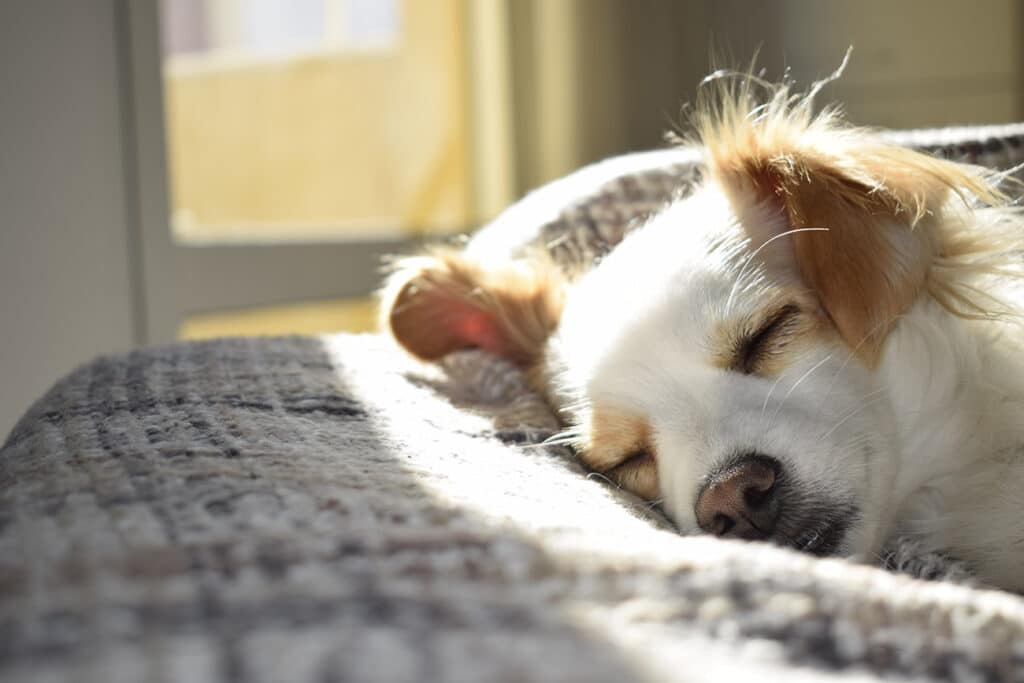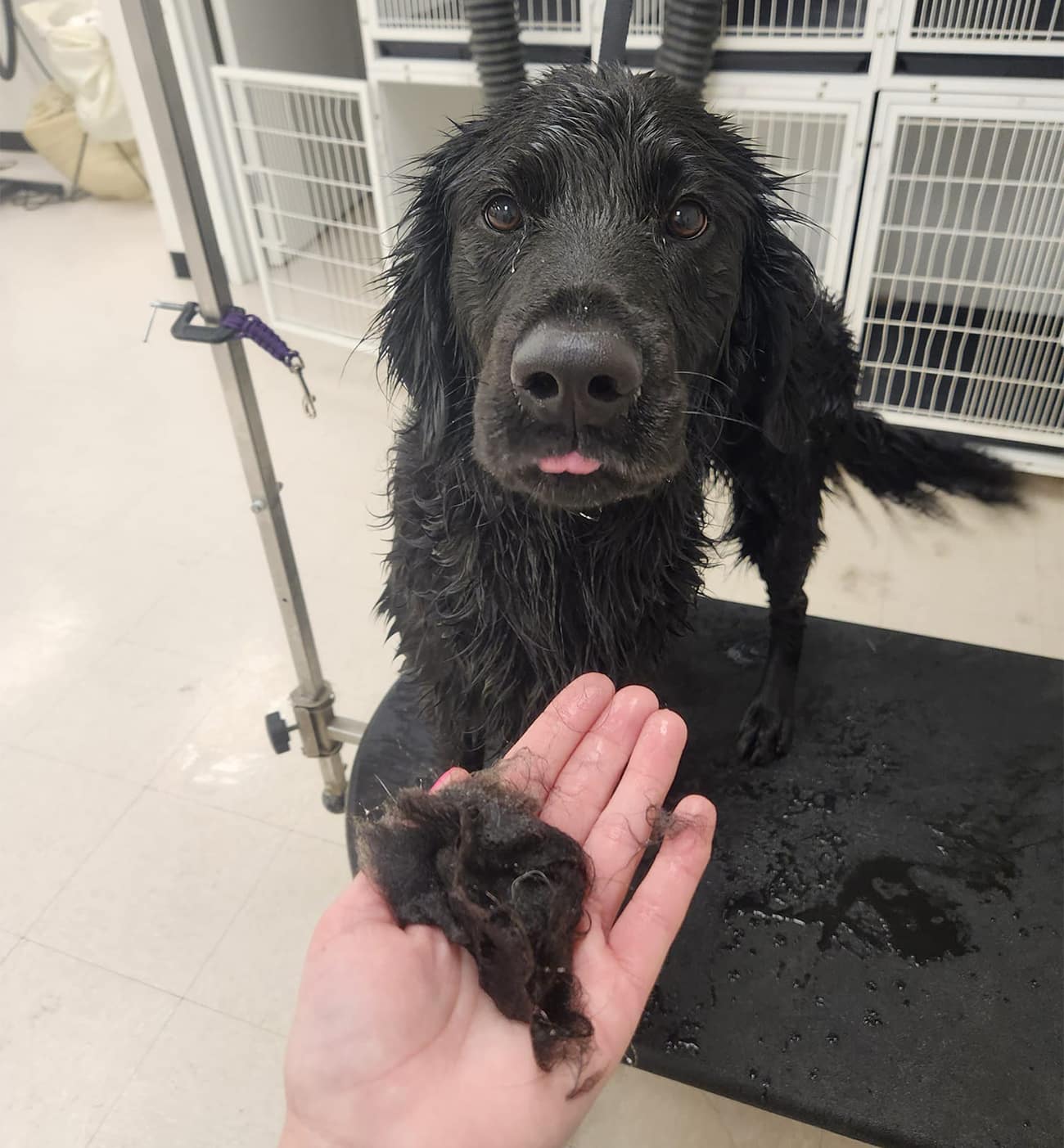“My dog is shedding like crazy!”
This is something we hear every day! We love our pets, but our vacuum does not share the same sentiment. Let’s break down some causes and some great ways to reduce it.
All Pets Shed
Shedding happens in all pets. That’s right, all pets! We shed too. Think about it – when was the last time you cleaned out your hair brush? Not all pets loose hair at the same rate, and it varies depending on many factors.
The most obvious factor is breed. There are some breeds that are considered non-shedding breeds, such as a Poodle, and there are breeds that are considered shedding breeds, such as Golden Retrievers.
While minimal, even “non-shedding” breeds shed.
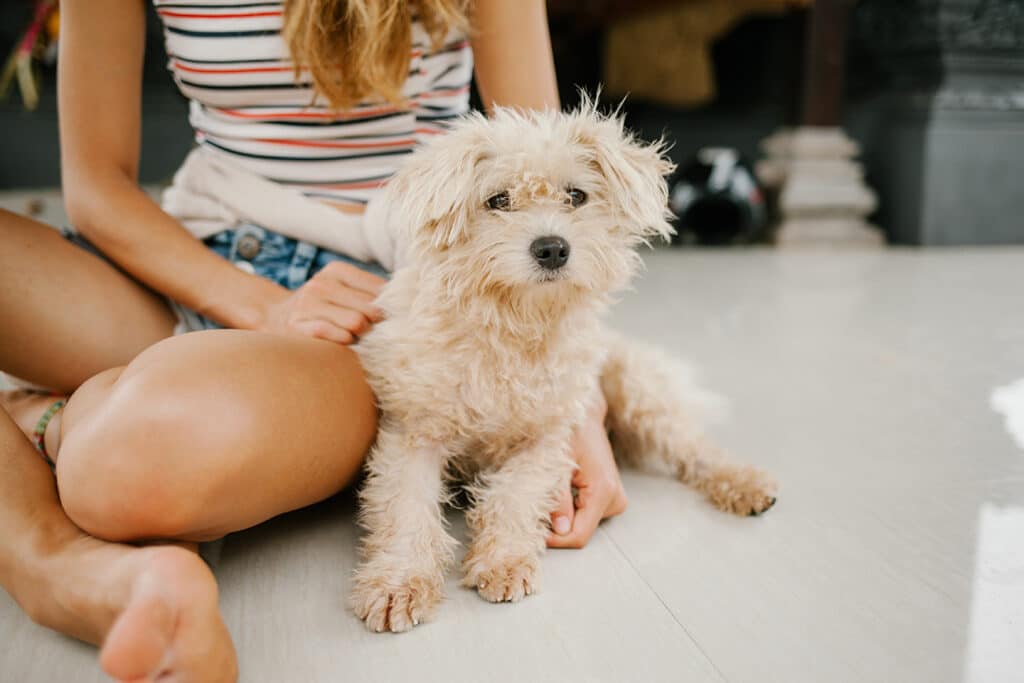
The Shedding Process
This occurs when the hair follicle releases the dead hair, which is anything we can see, to allow the new growth to appear. Hair grows in three stages, and more importantly it is asynchronous. So while one hair follicle may be in the transition stage, the one next to it may be in the regeneration stage.
If the growth cycles were to all sync, all hair could be lost at the same time, causing baldness. There are some diseases that cause that, but it is extremely rare. This process is actually pretty incredible if you think about it.
Think about a Golden Retriever for example: the hair on its muzzle, face and front of its legs is very short, while the rest of its body hair is long and feathered. It’s fascinating that our pets’ bodies are programmed this way.
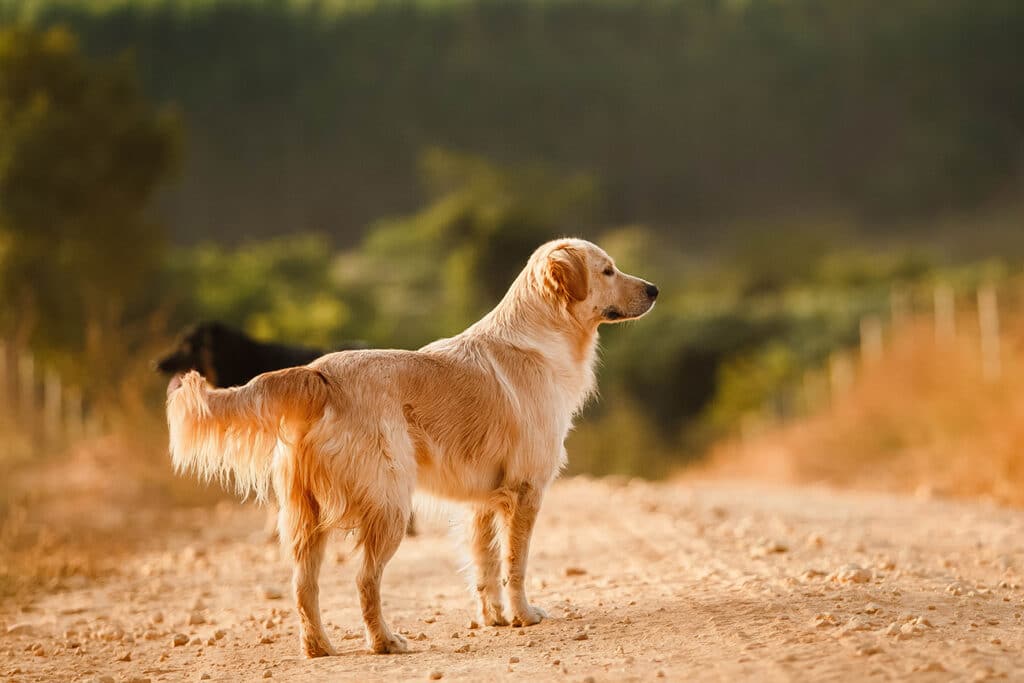
Shedding occurs in the final step of the growth cycle when the dead hair is separated from the hair shaft in order to be replaced by new growth. A dog’s hair follicle will hold one guard hair and seven to twenty-seven secondary hairs. The secondary hairs are what you typically see making hair balls on your floor. It is both natural and healthy for pets to loose these dead hairs.
Why Is My Dog Shedding So Much?
If you think your dog is shedding too much, you may be right. Nutrition can play a big role in shedding. Pets with a well-balanced diet are simply more healthy in general. If you provide your dog with the proper nutrition internally, you can see those results in a beautiful, shiny coat.
While diet plays a role, an improper grooming routine is typically the cause of excessive shedding. This is why we recommend keeping your pets on a regular grooming schedule with certified groomers.
Other Causes for Excessive Shedding
Some diseases cause hair loss. Thyroid diseases, Cushing’s disease, Addison disease, and Diabetes can all contribute to hair loss. Different types of Alopecia can also occur causing complete hair loss. Our groomers evaluate each pet for skin and coat issues at the beginning of each appointment; bringing your pet in regularly can help catch issues more quickly and get your pet the relief they need before issues get out of hand.
Shedding Relief or “Deshed” Treatment
At Smoochie Pooch we also offer a Deshed Treatment for dogs (and cats at participating locations). This package includes a different bathing process to loosen packed, dead undercoat, followed by an in-depth drying routine and extra brushing to ensure all of the excess hair is managed. While it is impossible to stop shedding completely, these packages can reduce shedding by over 50% percent.
Beware of any product or process that promises it will completely take away shedding. As we learned earlier, shedding is a naturally occurring process that does not (and should not) stop. Routine baths also greatly reduce excessive shedding.
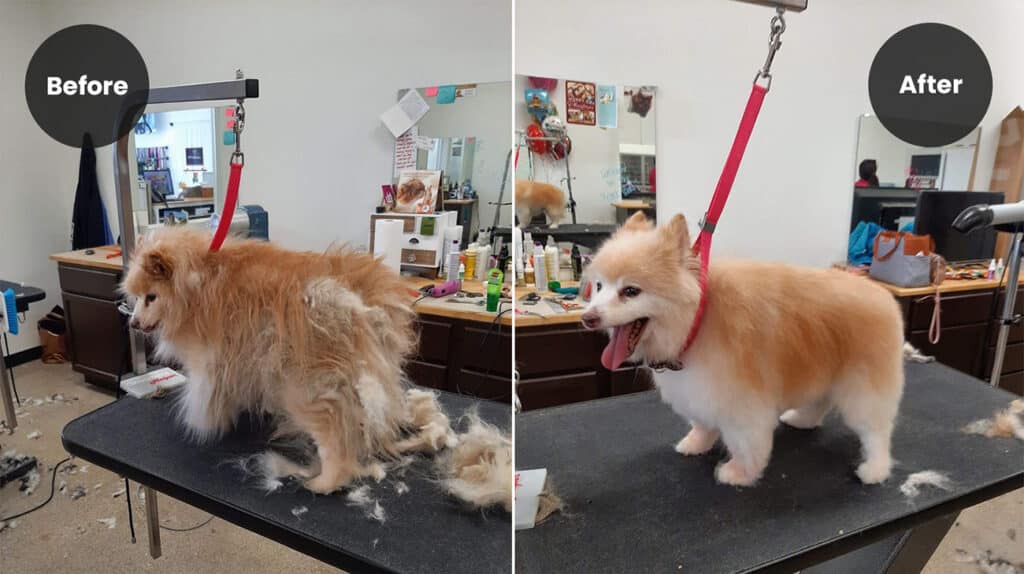
What You Can Do to Reduce Shedding
- Add a skin and coat supplement to your pet’s diet. Ultra Oil is a great choice. With sardine, anchovy and hempseed oil omega 3, 6 and 9, it reduces excessive shedding along with other great benefits like relieving joint pain, dryness, hot spots, allergic breakouts and other issues. Ask your local Smoochie Pooch if they have Ultra Oil supplements in stock!
- Schedule your dog for routine grooming appointments. We recommend every 4-6 weeks.
- Schedule a Deshed Treatment. Smoochie Pooch offers Deshed Treatments which can reduce shedding by over 50%.
- Beware of deshedding blades and many of the tools commonly advertised for brush shedding dogs. They act as a razor and cut hairs instead of pulling them out naturally.
- Bathe your pet before brushing. Clean hair is much easier to brush than dirty hair.
- If you feel your pet has an excessive amount of shedding or is losing patches of hair, consult your veterinarian.
Have more questions about shedding? Talk to one of our professional groomers today.
